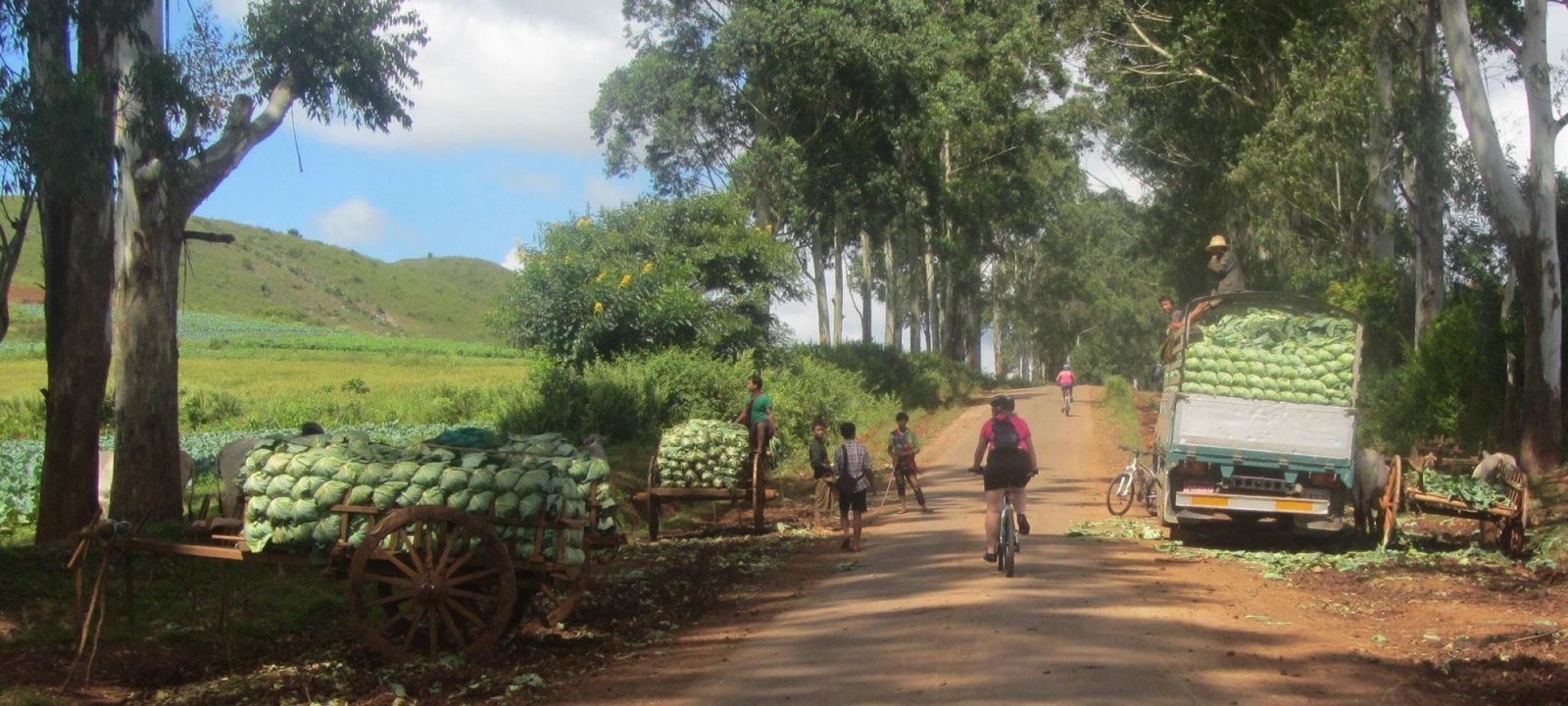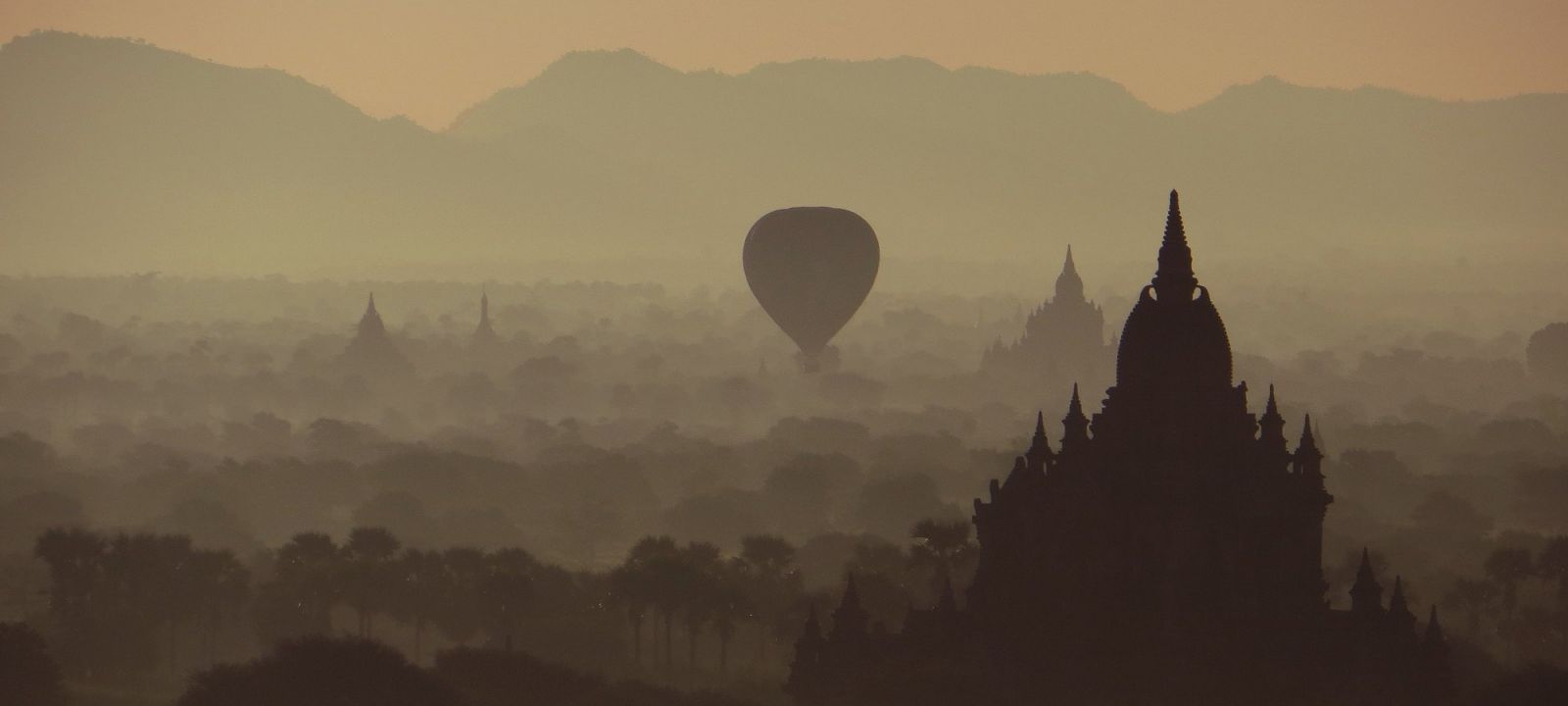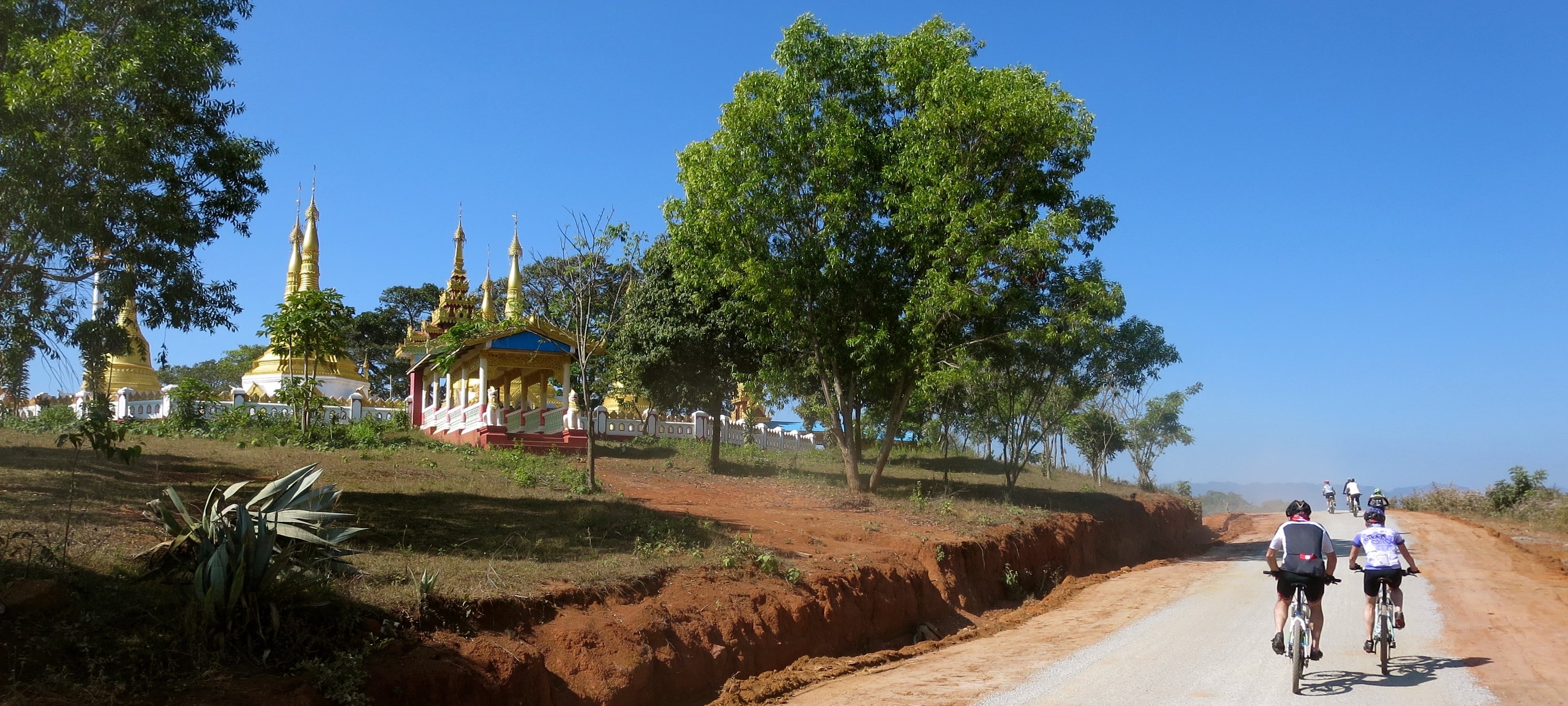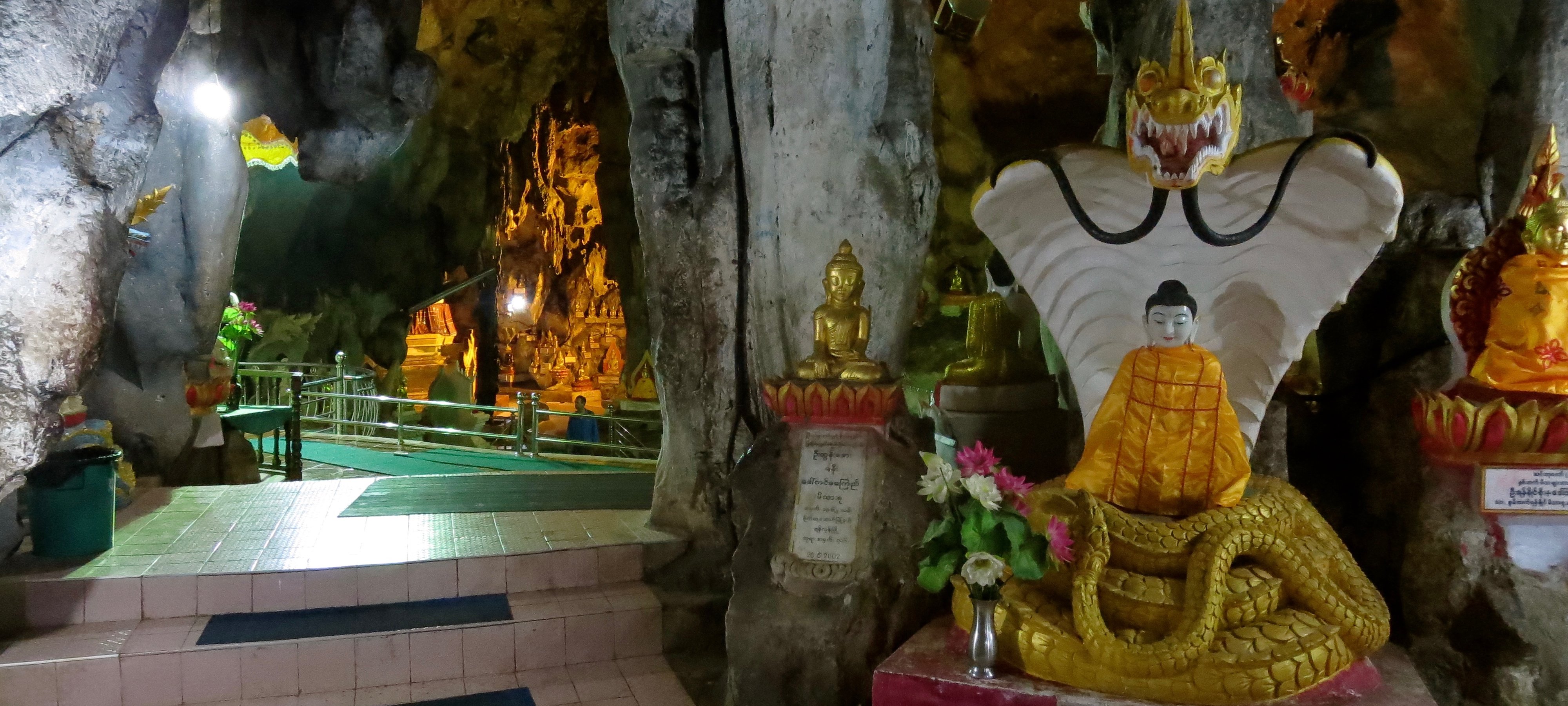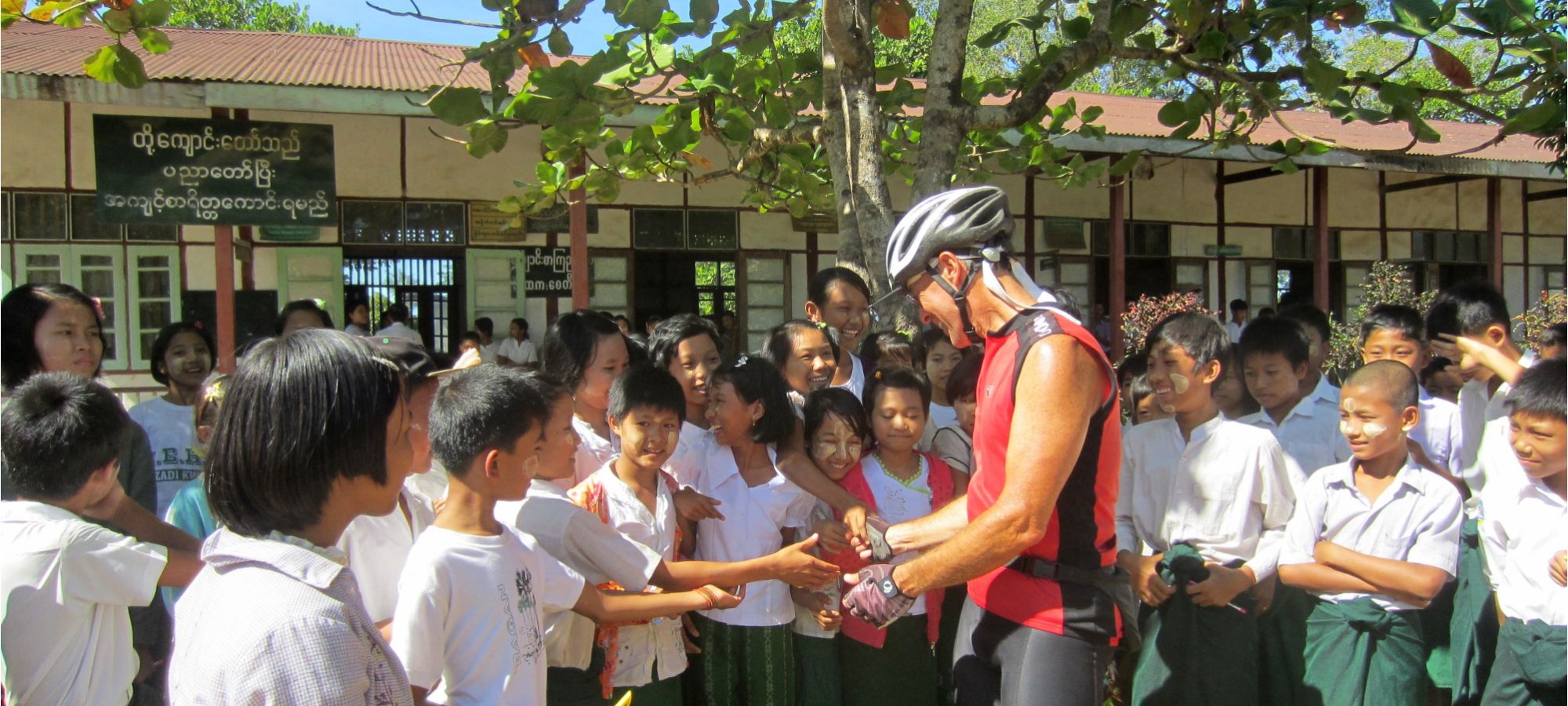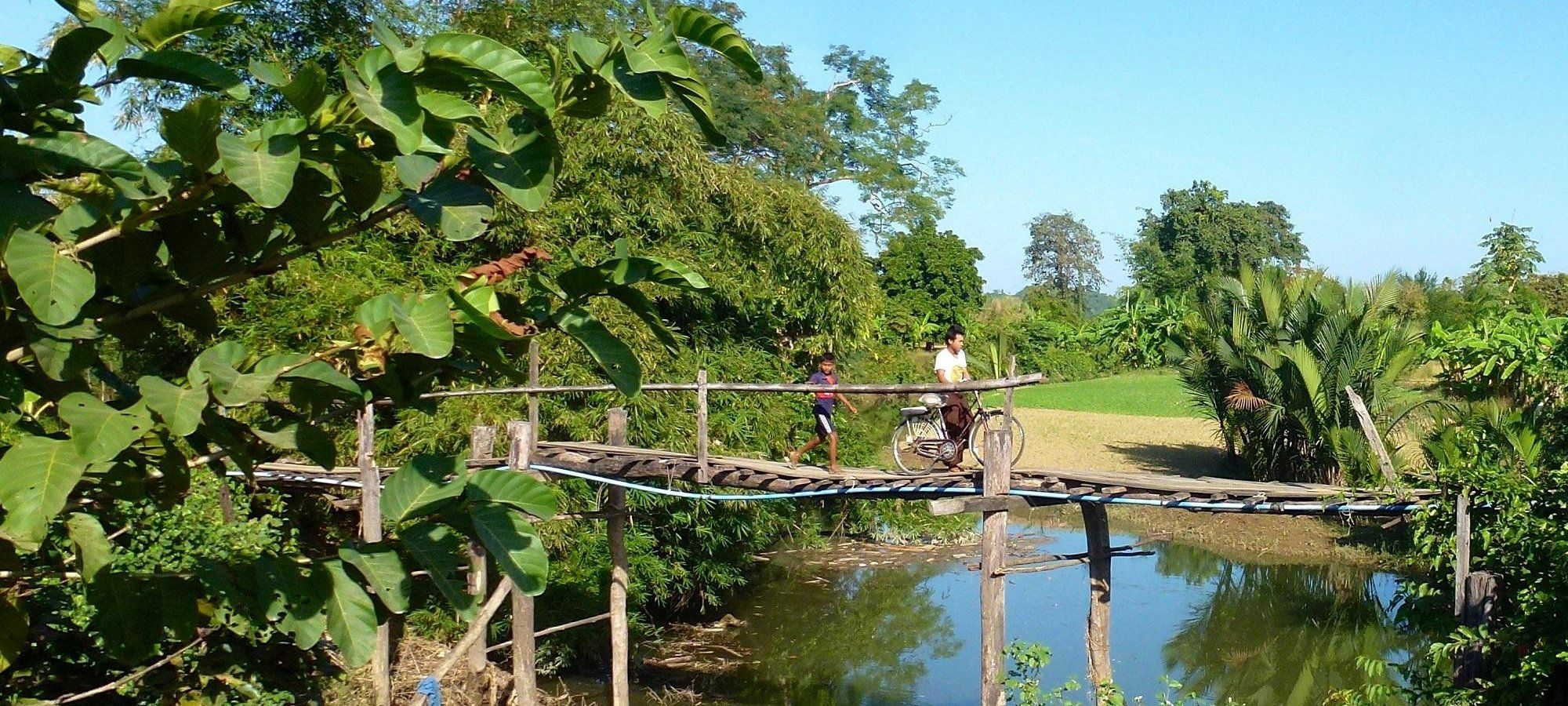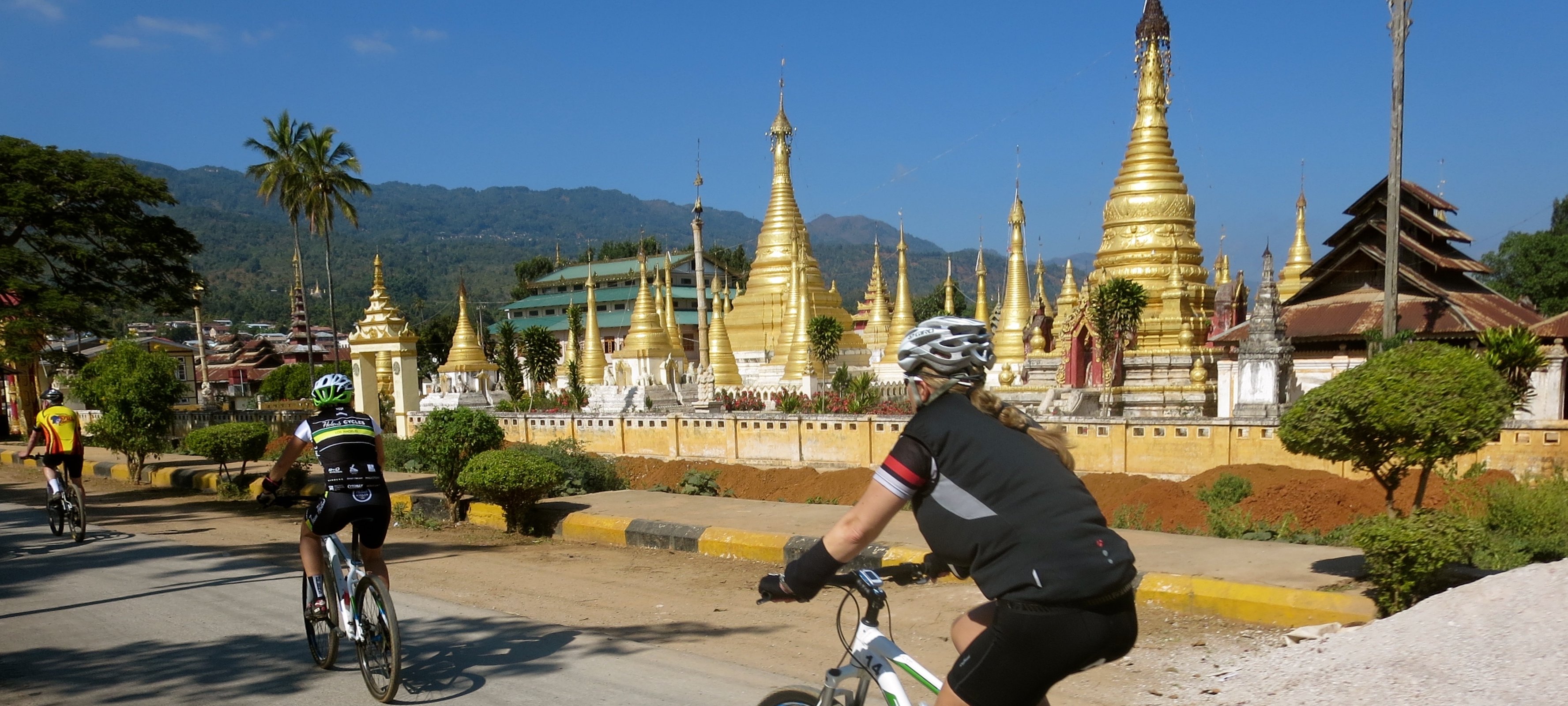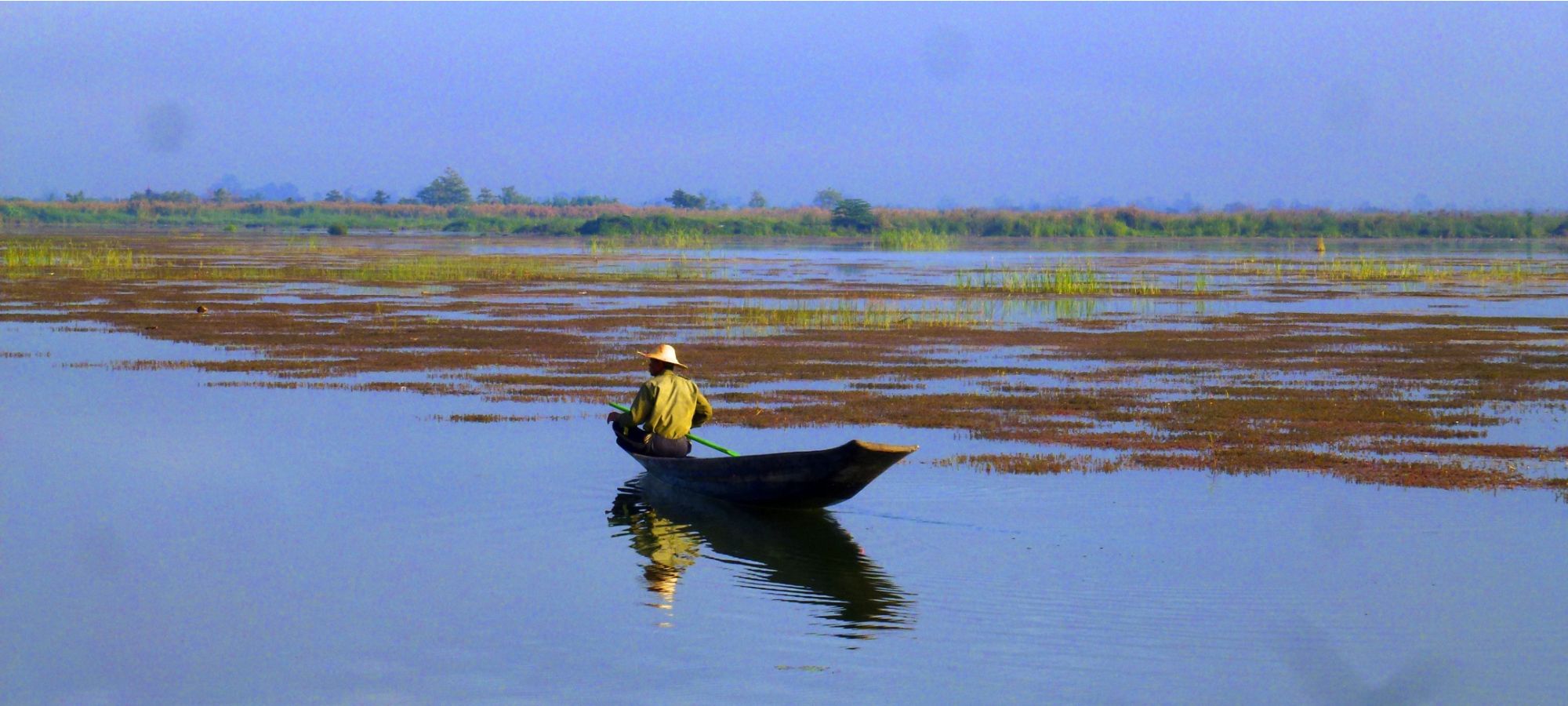Key Places:
Burma - Classic Cycling Holiday
Burma - Classic
Inle Lake

Inle Lake is a beautiful freshwater lake 900 m above sea level in the Shan state of Myanmar. It is a stretch of water, 22km long and 10 km wide and the second largest lake in Myanmar. Many minorities live in the area, directly on and around the lake you will encounter the Intha people. The Intha fishermen are known for their unique leg rowing. They stand at the stern of the boat on one leg and wrap the other leg around the oar. This practise developed because of the density of reeds and plants in the lake. The Intha women roll cigars and weave. 'Intha' means 'children of the lake'. The area is a wildlife sanctuary and thousands of waterbirds migrate here or use the waters as a breeding area. Some are rare species you are unlikely to find elsewhere. December and January are the best times for bird watching. On the North Bank of Inle Lake is the town of Nyang Shwe. Two main attractions in Nyang Shwe are the Cultural Museum and the Royal Palace of Sahn Saw Bwar. A bridge crossing takes you to a magnificent stupa completely clad in mirror tiles. 3 km outside of town you can visit the Red Mountain Winery and enjoy beautiful sunset views.
There is also a market in the town every 5 days where women from local hill tribes of the Inle region come to sell crafts and produce. Most of the communities are devout Buddhists who live in simple wooden or woven bamboo houses on stilts.
Yangon
Yangon also referred to as Rangoon (meaning "End of Strife") is a former capital of Myanmar (Burma) and the principal city of the Yangon region. Yangon grew from the small 11th C fishing village: Dagon in the area directly around the Shwedagon Pagoda. According to legend the Pagoda itself was built during the time of the Buddha. Today it is the country's largest city with a population of over five million. Yangon is a mix of British, Burmese, Chinese and Indian influences. British colonial occupation led to the development of parks, lakes and buildings in addition to the traditional wooden architecture, in an area known as "the garden city of the East". In addition to this are modern high rise developments and shanty town quarters.
Bogyoke Aung San covered Market (Scott Market) is a huge indoor area where can find a variety of traditional handicrafts and souvenirs.
Yangon's circular train is a 'sight' in itself. Buy your ticket at the office on platform 7 in the Central Railway Station or at any circular train station. Choose a clockwise or anti clockwise journey. Prepare for three hours on a hard wooden seat, whilst the locals will be a curiosity to you and you to them cherry sellers will step on and off the moving train with a bowl of cherries on their head to tempt you with their fruit.
Bagan
Famous for its many temples Bagan in the Mandalay region of Burma, is an ancient city located on the banks of the Ayeyarwady (Irrawaddy) River in the country's central dry zone. During the summer months temperatures soar here. Back in the 9th Century Bagan was the Capital of the Kingdom of Pagan. From the 11-13th Centuries more than 10,000 Buddhist religious sites were built in the Bagan plains and today the remains of more than 2,000 of these historic temples and pagodas survive. This is the largest and most concentrated area of Buddhist sites in the world and of great historical and archaeological interest.
A spectacular and romantic way to enjoy the views of Bagan is to take a hot air balloon trip at dawn and enjoy the sunrise. It's best to visit the temples during the morning before the heat of the day sets in. An afternoon siesta will prepare you for your evening visit to the small night market where there are local goods on sale and live music and entertainment.
If you need assistance or wish to discuss the tour, please feel free to call us on +44 (0) 1463 417707.
Alternatively, you can email us on office@redspokes.co.uk for more information on this adventure holiday.
Customer Testimonial
"This trip was made be Mr Chan and his crew. Nothing was to much trouble also all bikes were checked every night problem or not...."
Jim Ball








